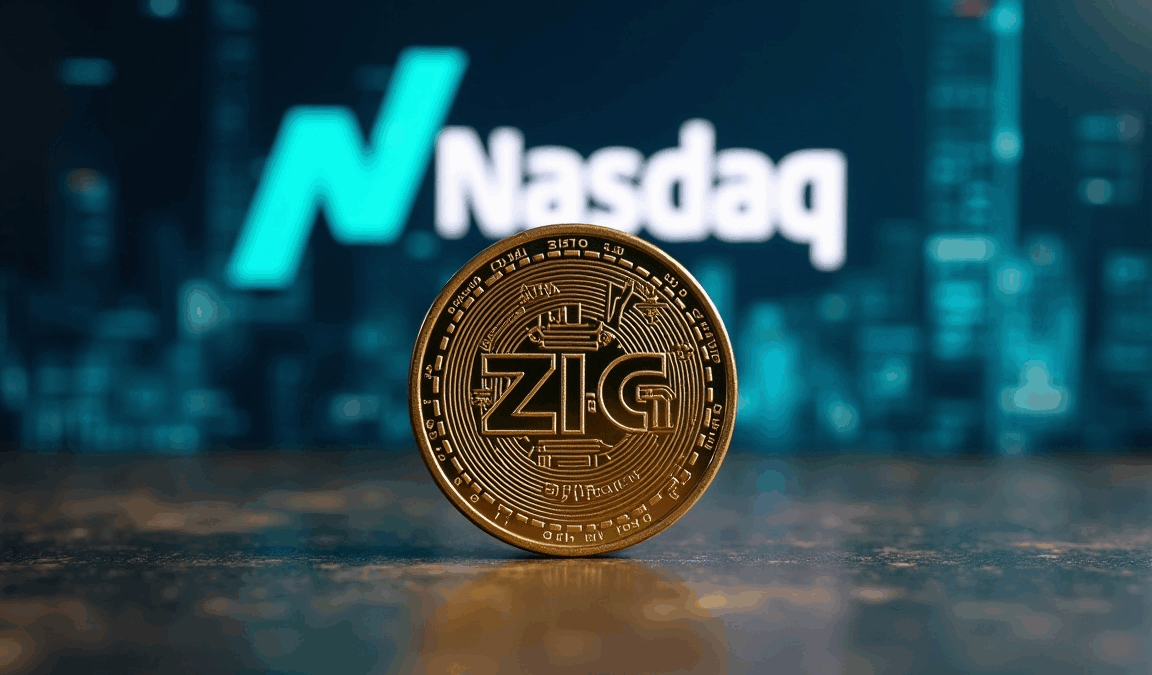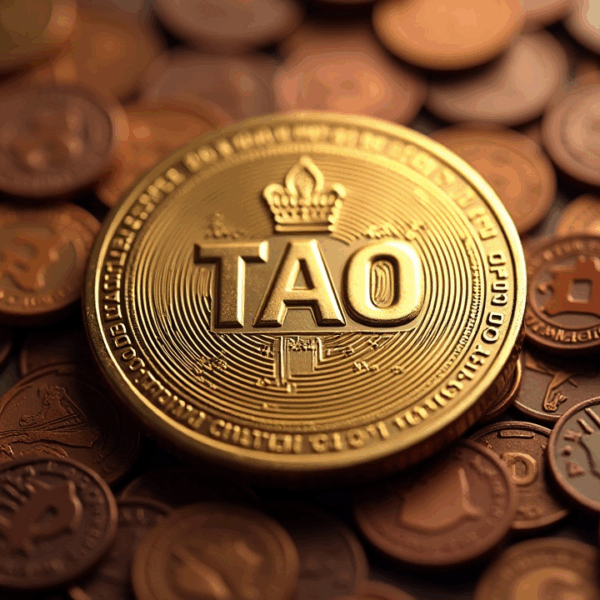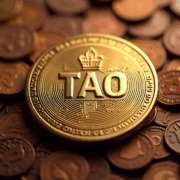Opportunities for Profits in the Cryptocurrency Market: Grayscale Debuts Solana ETF
Grayscale Launches Staking-Enabled Solana ETF on NYSE Arca
In a landmark step forward for digital asset adoption, Grayscale Investments has introduced its first staking-enabled Solana ETF on NYSE Arca. This innovative financial instrument not only provides investors with traditional price exposure to Solana (SOL), but also integrates the unique benefit of staking rewards— a feature that significantly differentiates it from conventional ETFs. With this move, Grayscale is bridging the gap between traditional finance and decentralized finance (DeFi), enabling both retail and institutional market participants to gain access to Solana’s high-performance blockchain ecosystem while earning passive yield through staking.
This ETF is a critical moment for capital markets because it transforms passive crypto holding into an income-generating investment. Unlike previous crypto funds that track price action alone, the inclusion of staking allows this ETF to accumulate ongoing yield, adding a compounding advantage to the underlying price appreciation. For investors seeking smarter exposure to digital assets, this dual advantage of capital growth and income stream may be a game-changer.
Yield Generation Meets Institutional Capital
Prior to this, staking was primarily a retail function—users would stake their tokens directly via exchanges such as Coinbase or Kraken, or use on-chain wallets to delegate their SOL tokens to trusted validators. While accessible to tech-savvy individuals, this avenue was largely inaccessible to institutional investors due to operational, custodial, and regulatory concerns. That changes now.
Through Grayscale’s staking-enabled ETF, institutional investors with compliance-bound mandates can finally enter the staking arena. Using a secure custodial solution and adhering to the SEC’s transparency standards, this fund now opens the floodgates for institutional capital to participate in blockchain yield generation without friction. By transforming staked tokens into compliant financial instruments, this initiative unlocks significant upside potential for firms that have been sidelined by structural constraints—until now.
The past few years have demonstrated how high staking yields can outperform many traditional income sources. In an environment where traditional fixed-income assets struggle to provide real returns amid inflationary pressures, crypto staking offers comparatively attractive APYs. With billions of dollars under management, institutions diverting even a fraction of allocation towards staking-enabled ETFs like this one can produce ripple effects in token prices and liquidity.
This ETF signifies a broader narrative: digital yield is no longer restricted to risk-tolerant retail investors. It is being embraced as a legitimate asset class by the most conservative segments of finance. This validates staking and, by extension, Solana’s ecosystem as viable for enterprise-class investment strategies.
Crypto ETFs: A Maturing Landscape
The growth in crypto exchange-traded funds is not a passing trend—it is a systemic evolution taking place in institutional investing. After the launch of Bitcoin futures ETFs and more recently, the long-awaited spot Bitcoin ETFs, market participants are now ready for the next logical step: yield-generating crypto ETFs. These products cater to a new kind of demand, where capital is not content with speculative exposure and seeks real income using the unique capabilities of blockchains.
This transition reflects deeper macroeconomic trends. With fiat yields suppressed for over a decade and central banks grappling with prolonged monetary interventions, investors have actively searched for ways to generate robust, inflation-resistant returns. The high yields available in DeFi and staking networks like Solana present exactly that opportunity. Now that ETFs are unlocking access to these opportunities for compliant capital, adoption is expected to surge.
It also reflects a growing comfort with the underlying technology. ETFs provide a simplified, regulated wrapper that allows wealth managers, pension funds, family offices, and hedge funds to gain structured exposure without direct interaction with crypto wallets, private keys, or dApps. Much like the Spot Bitcoin ETF normalized crypto for Wall Street, this staking-enabled Solana ETF elevates Solana as a yield-bearing blue-chip asset.
Strategic Opportunities for Active Retail Participants
For retail investors, this development should not simply be read as another institutional product. It should be viewed as a signal—a clue to where the smart money is moving next. While institutions may rely on ETFs for regulatory protection and simplicity, individual investors still retain a meaningful edge in agility and market responsiveness. There are deeper layers of the Solana ecosystem still unexploited by large-scale finance: native staking protocols, decentralized derivatives, liquidity pools, validator economies, and more.
Retail holders who understand the nuances of Solana’s staking mechanisms—such as validator selection, commission rates, epochs, and reward cycles—can optimize their yields beyond what is achievable through a packaged ETF. Moreover, Solana DeFi projects such as Marinade Finance, Jito, and Lido offer liquid staking derivatives (LSDs) that enable additional value extraction through rehypothecation or yield farming. These represent next-level opportunities that institutions are not yet structurally prepared to adopt—but individual investors can.
So, while ETFs channel capital into SOL, it’s the secondary effects—rising liquidity, protocol expansion, token appreciation, and increased developer activity—that create long-tail opportunity for savvy market participants willing to research, act early, and monitor chain-level data. Retail investors can hyper-optimize their strategies based on validator stats, on-chain volumes, and staking participation rates to stay multiple steps ahead.
Reading the Narrative and Outpacing It
Capturing alpha in crypto often depends less on timing the market and more on identifying narrative shifts. The launch of a Grayscale Solana ETF carrying staking capabilities isn’t just an investment product—it’s a statement about where the institutional appetite is forming. Capital follows narratives, and once regulatory approval exists, money moves swiftly to follow.
This pattern has occurred before. First with Bitcoin, then Ethereum, then with compliant DeFi protocols. Now, Solana is in the spotlight. The ETF reinforces its legitimacy while boosting its visibility—to hedge funds, investment banks, and asset allocators. Investors who understand this storytelling arc and position themselves in emerging ecosystems before they’re “mainstream” often reap exponential returns.
If you’re keen on contrarian investing, understand that early entry doesn’t mean anomalously risky—it means informed positioning. As outlined in our guide to being a Contrarian Investor, market front-runners benefit most when ecosystem development, liquidity access, and institutional validation converge. The ETF represents the convergence point for SOL. The next logical step is to scan for what follows: will it be Avalanche, Cosmos, or perhaps high-liquidity staking solutions like Lido and Rocket Pool?
A Call to Action for 2024 and Beyond
The crypto investment landscape is undergoing a transformation, and the Grayscale Solana ETF is a case study in that evolution. For institutional capital, it provides access to long-coveted staking rewards through a regulated vehicle. For retail, it acts as both a signal and an opportunity.
Rather than sitting on the sidelines or mimicking big money movements, retail investors should leverage their flexibility. Explore native staking options that offer higher APYs. Use analytics tools to track validator performance and yield trends. Diversify into DeFi products that integrate Solana staking yield with lending or trading instruments. Identify liquid staking options that allow for asset reuse while still earning staking rewards.
Grayscale’s move reaffirms staking’s place in institutional portfolios, but the truth is, native DeFi and staking solutions still offer the highest yields and greatest innovation for those willing to explore them. With institutions still bound by compliance and paperwork, retail investors hold the agility advantage. Capitalize on it.
As cryptocurrency continues to intertwine with traditional markets, investors who remain proactive—rather than reactive—will lead the next financial generation. Whether it’s Solana or the next scalable Layer-1 blockchain, staking is now on Wall Street’s radar. The biggest gains, however, will still go to those already building their portfolios, researching opportunities, and harvesting yields directly from the decentralized networks reshaping the world of finance.










